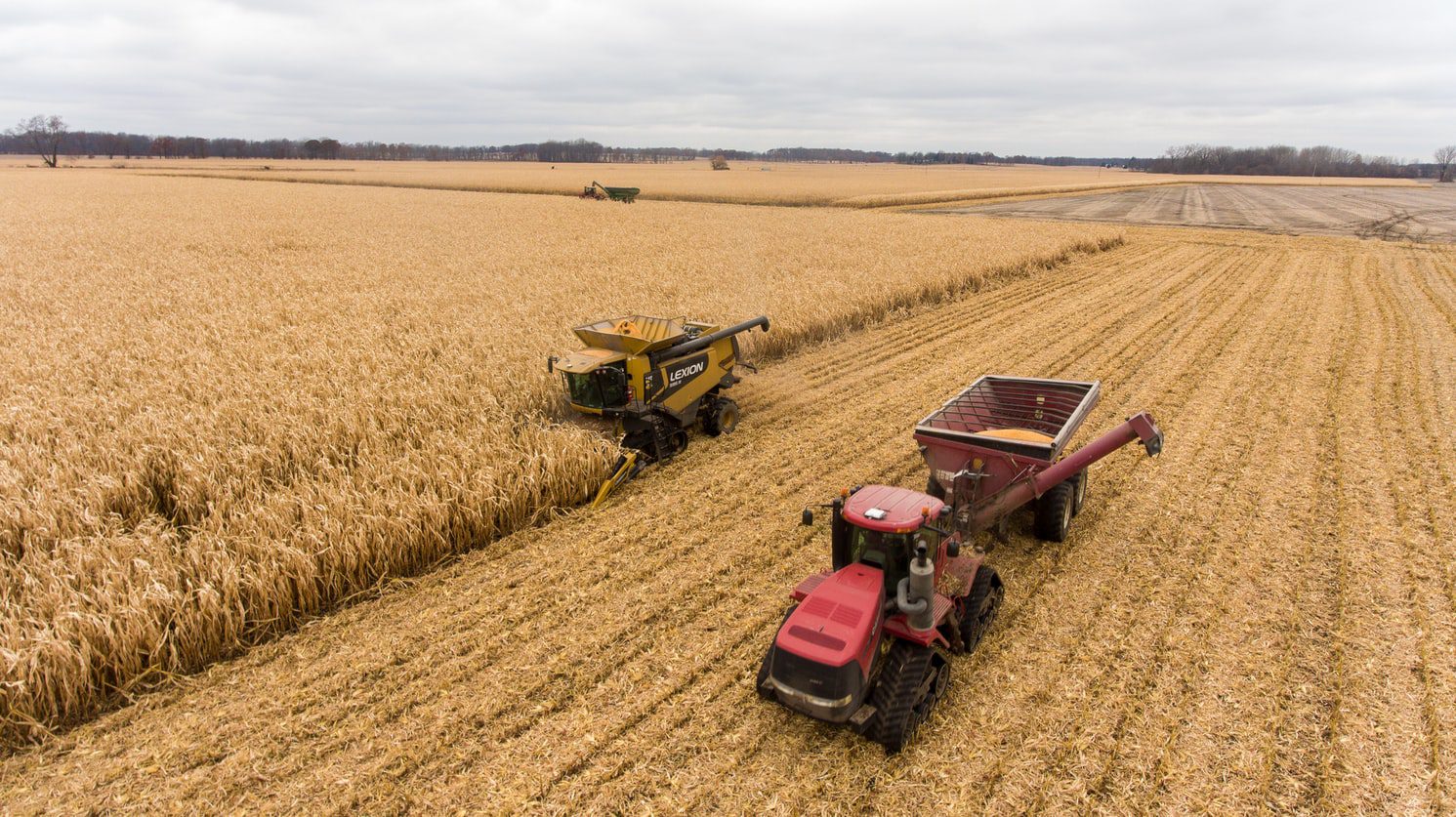A fragmented landscape allowing environmental policy to evolve.
PRAY FIRST for leaders to make climate and environmental decisions guided by foresight, integrity, and compassion for communities and future generations.
For the Lord gives wisdom; from his mouth come knowledge and understanding. Proverbs 2:6
The quality of the air we breathe, the water that flows through our communities, and the forests and fields that define our landscapes are shaped by policies and regulations at every level of government. Behind these outcomes lies an ongoing debate: how should federal, state, and local authorities share responsibility for safeguarding the natural resources that sustain life and the communities we call home?
Foundations of Environmental Responsibility
The U.S. federal government’s authority in environmental protection traces back primarily to the Constitution’s Commerce Clause, under which Congress may regulate activities that cross state lines, including pollution. At the same time, the federal-state relationship in environmental law blends national standards with local enforcement. Among the most prominent federal statutes are the Clean Air Act and the Clean Water Act, which set basic precautions and gave real shape to environmental regulation at all government levels.
Within that framework, the Environmental Protection Agency (EPA) plays a central role: developing regulations, enforcing federal laws, funding state programs, and backing scientific research. The government works to balance environmental safeguards with economic growth and energy production, striving to ensure that protections do not stall job creation or infrastructure development.
Federal vs. State Leadership
Should national standards dominate, or should states lead? This debate is ongoing. On one hand, national norms guarantee consistency and fairness. On the contrary, states argue that geography, climate, and industry differ widely, and local control allows tailored responses. States with heavy manufacturing or coastline exposure map very different priorities than mountainous inland states or places with low population density.
Allowing states to set their own emission or conservation goals can encourage innovation and experimentation but could also result in patchwork regulations, gaps in enforcement, or unfair advantages for less-regulated regions. A practical middle path is federal oversight paired with state experimentation: the EPA reviews state programs while allowing states to go beyond federal minimums.
State-led initiatives do show traction. Clean-energy mandates in certain states have informed federal policy shifts. Coordination also matters because federal frameworks offer baseline protections, and states refine and implement them in local contexts.
Policy Performance and Accountability
Funding and scientific input underpin many environmental policies. Whether the EPA, a state agency, or local jurisdiction takes the lead depends on law, budget, and regulatory design. For example, The Clean Air Act (1963), authorizes national ambient air quality standards, but states typically develop their plans for achieving them. Science guides regulation. Environmental impact statements, emissions modeling, and peer-reviewed research are foundational.
Mechanisms for accountability exist. For instance, federal agencies monitor state compliance, non-profits and watchdogs file lawsuits or request disclosures, and public-private partnerships deliver infrastructure and innovation while bringing stakeholders into the circle of responsibility. However, the challenge of enforcement remains strong because laws depend on capacity, clarity, and political will.
The Future of Environmental Protection
Emerging technologies and renewable energy are redefining what’s possible in climate policy, from grid-scale battery storage and carbon capture to smart sensors that detect emissions in real time. These innovations don’t just improve efficiency; they empower communities. Individuals, municipalities, and local agencies are becoming active partners in monitoring, mitigating, and managing environmental risks.
The challenge for policymakers is to craft frameworks that harness these tools while ensuring broad participation. Environmental protection is no longer just about regulation, it’s about stewardship, collaboration, and building systems that adapt to a changing world.
The Federal Government in Action
In 2025, the President Donald Trump and administration officials have taken several steps that reshape environmental policy at the national level. One of the most significant changes is the reform of the National Environmental Policy Act (NEPA) aimed to streamline environmental reviews by rescinding binding regulations set by the Council on Environmental Quality (CEQ) and allowing agencies to set their own procedures. Supporters argue this approach reduces permitting delays, encourages innovation in review methods, and aligns with court rulings questioning CEQ’s authority. Faster approvals could boost infrastructure and energy projects, creating economic benefits while modernizing the process.
Critics warn the changes create regulatory uncertainty and risk weakening environmental protections, particularly for climate and environmental justice considerations. Without uniform standards, agencies may adopt inconsistent rules, leading to confusion and potential legal challenges. While the EO seeks efficiency, its success depends on coordination and capacity.
At the same time, the federal government’s overall momentum on sustainability has slowed, leaving more responsibility to state governments, private companies, and investors. States with strong climate agendas are stepping in to fill gaps, while corporations face increasing pressure from shareholders to maintain climate commitments. Internationally, however, the U.S. continues to participate in climate negotiations such as COP29, signaling that global engagement remains a priority even as domestic policy leans toward deregulation.
Taken together, these actions show a federal strategy that prioritizes economic competitiveness and deregulation, while shifting much of the innovation and accountability for climate action to states, businesses, and international agreements. The result is a more fragmented landscape where federal leadership is less dominant, but environmental policy continues to evolve through other channels.
Why It Matters and How We Can Respond
The way we manage creation today affects not only ecosystems but the dignity and flourishing of communities for future decades. Scripture reminds us that “the earth is the Lord’s and the fullness thereof” (Psalm 24:1). That means caring for the world we live in isn’t optional. It’s part of our participation in a good and enduring world.
We should care because environmental policy concerns human hope, opportunity, and resilience—elements of life that transcend partisan labels. From one neighborhood to one watershed, each decision matters. As followers of Jesus, we are called to “act justly, love mercy, and walk humbly” (Micah 6:8), and when the systems around us affect life and land, we engage with both humility and hope.
HOW THEN SHOULD WE PRAY:
— Pray for creative solutions, clean-technology adoption, and access so that no community is excluded from progress. The Lord is good to all, and his mercy is over all that he has made. Psalm 145:9
— Pray that every person, in home or neighborhood, participates responsibly and sustainably in caring for our world. Whatever you do, work heartily, as for the Lord and not for men. Colossians 3:23
CONSIDER THESE ITEMS FOR PRAYER:
- Pray for faithful stewardship across industries and communities.
- Pray for integrity, discernment, and ethics when lawmakers are making environmental decisions.
- Pray for peace when disputes arise, so conflicts over land, resources, or regulation become opportunities for dialogue rather than discord.
Sources: Environmental Protection Agency, White House, Department of State, Harvard Law School Forum on Corporate Governance, Yale Center for Environmental Law & Policy, Wolters Kluwer, University of Michigan Law Library, Center for the Study of Federalism, Center for Sustainability and Excellence









